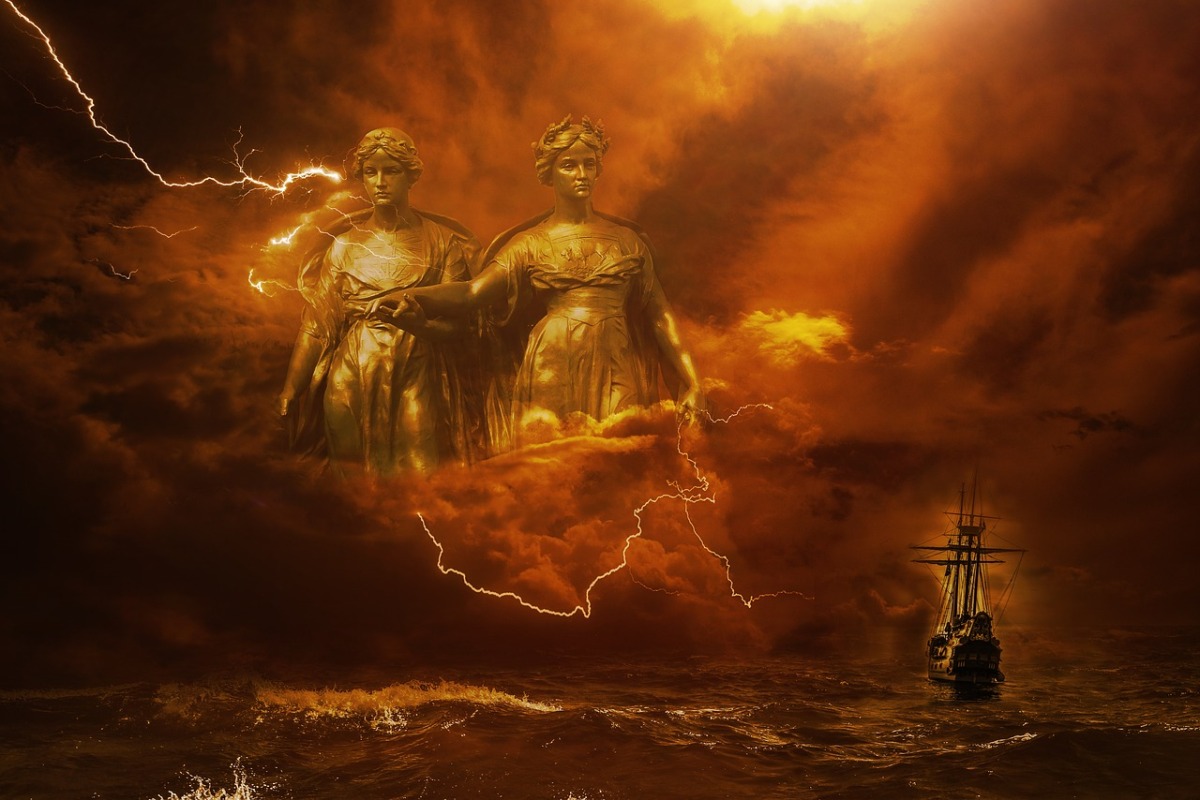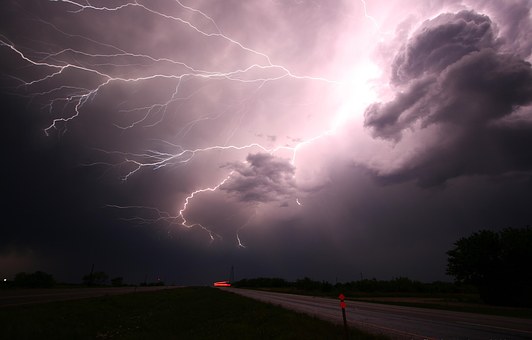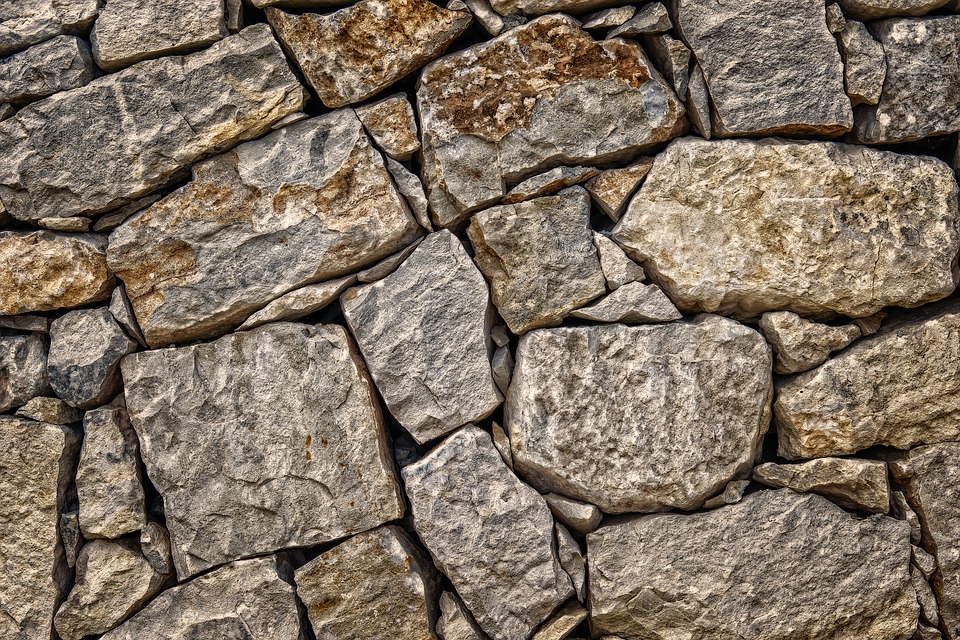Iroquois (North American Indian). A youthful heroic deity who was once mortal. He was empowered by the spirit of thunder, Hino, to conquer the Great Water Snake, enemy of humankind. The serpent devoured Gunnodoyak but was then slain by Hino, who cut open the snake, recovered the body of Gunnodoyak and returned him to his rightful place in heaven.
Tag: thunder
Ah Bolon Dz’acab (many generations)
Chthonic fertility god. Mayan (classical Mesoamerican) [Mexico]. A god identified with rain and thunder. Also strongly linked with agriculture and young crops. Possibly a vegetation avatara of the iguana god ITZAM NA. Attributes include a leaf-like ornament worn in the nose. Also God K.
ADAD (wind)
ORIGIN Mesopotamian (Babylonian-Akkadian).
Weather god.
KNOWN PERIOD OF WORSHIP circa 1900 BC or earlier to circa 200 BC.
SYNONYMS Ramman (thunder); IS ˇKUR (Sumerian).
CENTER(S) OF CULT Karakara and at Aleppo and Mari [Syria].
Brontes
by Christina Dillman, Clarksville Middle School
One of three Cyclopes, a fierce giant with one eyes in the center of his forehead, in Greek Mythology. In Hesiad, a the brother of Arges and Steropes and child of Uranus of Gaia. Brontes was thrown into the lower world by his other brother, Cronus, a first (after Cronus dethroned Uranus) he was released by Zeus and in gratitude, he gave Zeus the gifts of thunder and lighting. He always possessed the weapon of thunder. He was a very powerful and destructive creature.
Santeria by Chris Lee
Santería is an Afro-Caribbean religion that comes to us from Cuba and to this day it is practiced worldwide. Its original form, called Ifa, is an ancient Yoruba religion that comes from West-Africa and is declared by UNESCO as one of the Masterpieces of the Oral and Intangible Heritage of Humanity. Santeria itself developed in Cuba with the arrival of the African slaves. When they came they brought their deities, called Orisha¹, with them. The slave masters and the Christian missionaries made them convert to the Christian religion or else. They did so, but they didn’t leave their practices behind. In a clever and successful move, the slaves started making associations between their Orisha and the catholic saints, thus giving their practice the name of Santería. Thus St. Barbara, with her imagery of a sword, red and white tunic and association with thunder, became the disguise for the mighty Shango, male Orisha of thunder and fire, which colors are also red and white. And Our Lady of Charity, in turn, with her crown and beautiful clothes and the fishermen at her feet, became the disguise of Oshun, the female Orisha of rivers and love, who has a taste for good garments and is a beautiful Queen.
Holy Oak
by Anja Heij
The majesty of the Oak has been recognized by many cultures. The Celts, the Germanic and Nordic tribes, and the ancient Greeks all attributed this tree to their main god. To them the Oak represented power, protection and durability. The fiery Oak has strong masculine qualities; it is a symbol of inner and outer strength, courage and nobility of soul. A healthy tree easily lives a thousand years. The wood is reknowned for its strength; anything made from oak will last long. The tree has a resilience against thunder and even seems to attract it. Hence its attribution to various gods of thunder, like Thor and Zeus/Jupiter.





